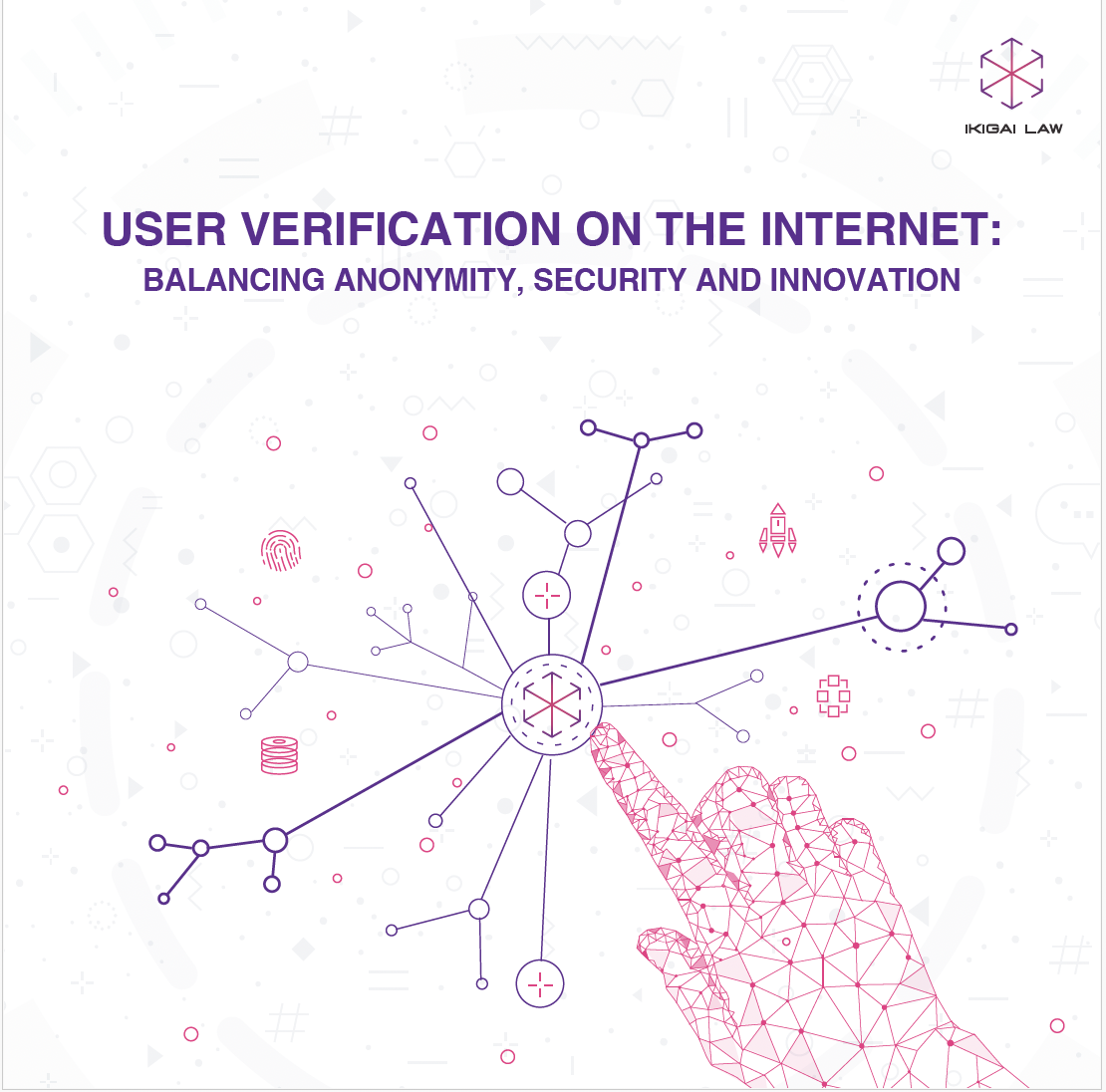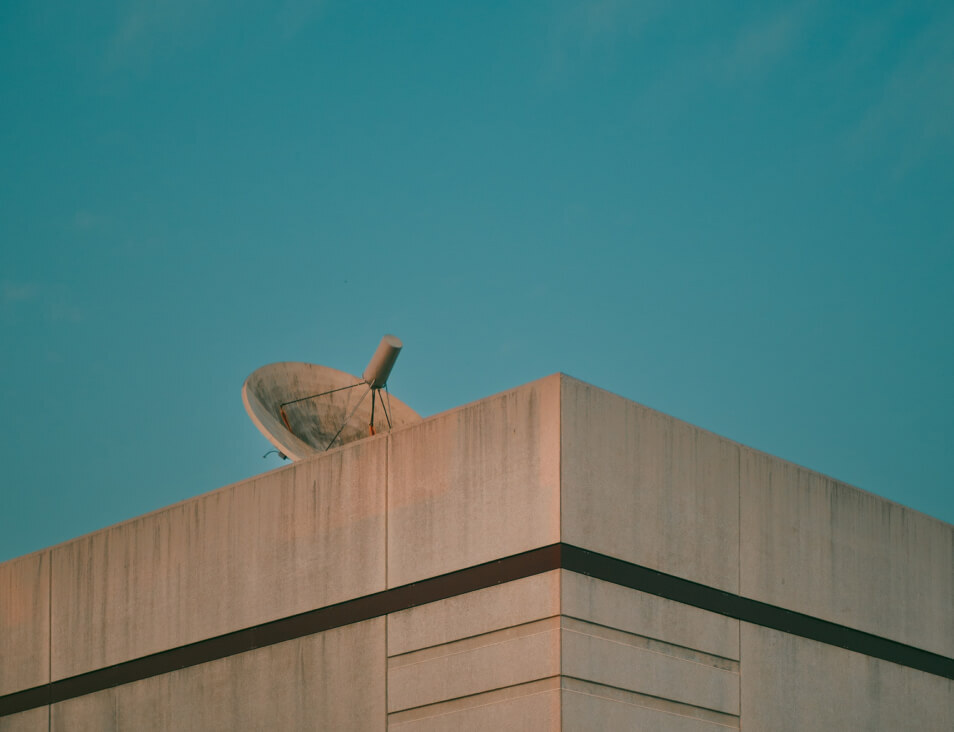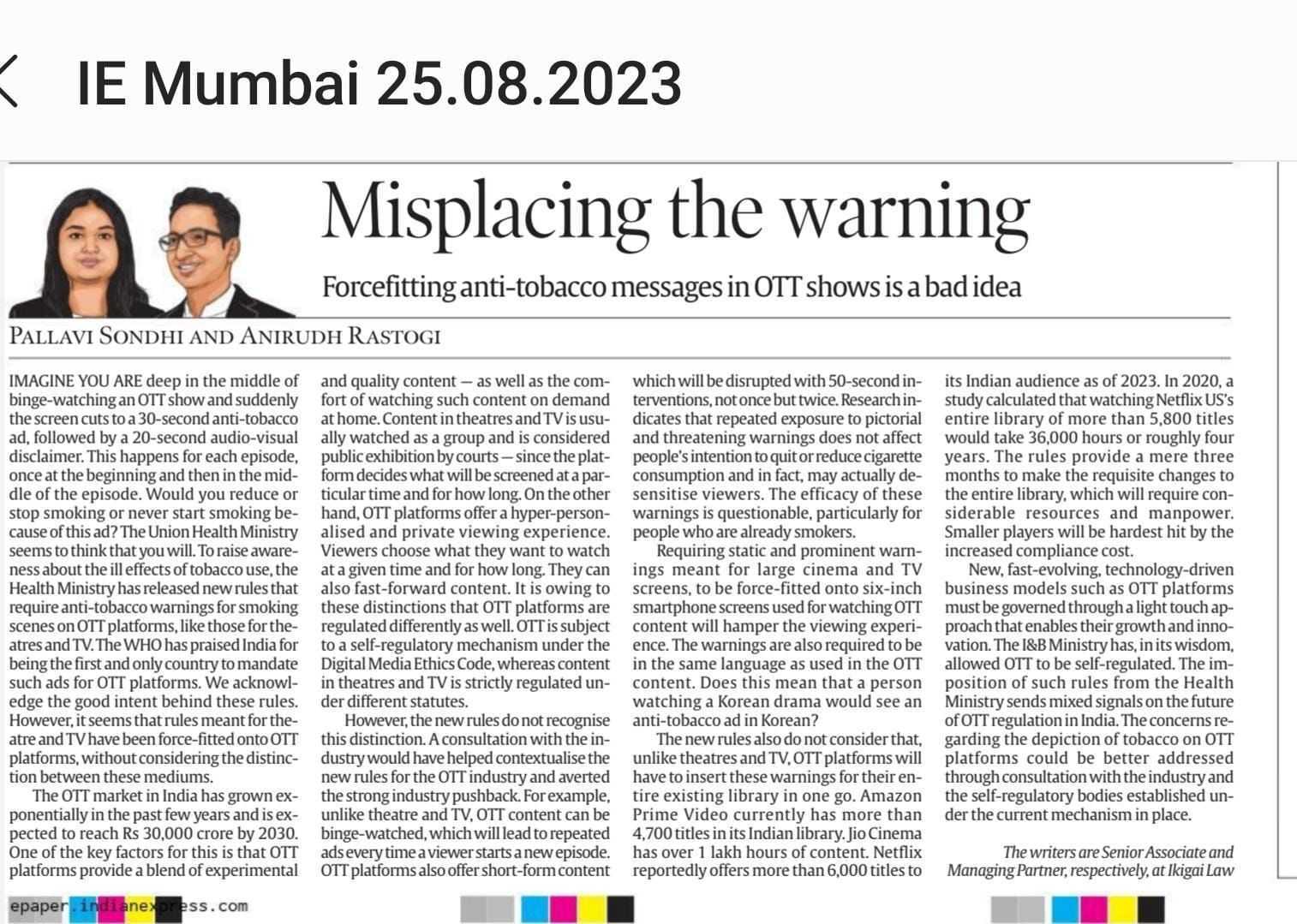Satellite broadband is increasingly being discussed as a potential game-changer for broadband access in India, with major interest expressed by both Indian and global companies. This post provides an overview of the potential regulatory gaps and issues in India’s current spectrum and telecom licensing requirements, and how they could hinder the deployment of satellite broadband services in India.
1. Introduction:
Broadband access has improved exponentially in India in the last few years. The number of people with broadband access (including mobile broadband) increased by more than 3 times from 150 million subscribers in March 2016[1], to 780 million subscribers in March 2021[2]. However, this also shows that in a country of almost 1.4 billion people[3], almost half the population still does not have internet connectivity.
Ensuring sufficient broadband coverage continues to be a challenge in India. One significant hurdle which contributes to this challenge is the issue of backhaul infrastructure. ‘Backhaul’ refers to the upstream network which carries data from a mobile tower (base station) to the rest of the internet[4] and is typically done using fiber networks. However, India uses a mix of fiber links and microwave at present. Only around 34% of mobile towers in India use fiber backhaul (as of August 2020)[5]. Current backhaul networks are showing their age and the advent of 5G would require fiber backhaul to take advantage of the higher 5G bandwidth[6].
One way to resolve the issue of network connectivity is through satellite broadband. It does not rely as much on terrestrial fiber links. Instead, it uses conventional mobile broadband and only requires connectivity at ground stations from which signals are relayed to satellites. For this reason, satellite broadband can provide connectivity to rural and remote areas as the internet is directly beamed from the sky[7]– there is no dependence on laying down terrestrial cable networks in all areas.
Over the past few months, there has been a sudden interest by satellite broadband service providers in the Indian market. There are multiple news reports about SpaceX’s Starlink[8], OneWeb[9] and Viasat[10] being interested in offering their satellite broadband services in India[11].
However, India does not offer an easy path forward for these operators to set up their shop in the country. There are various regulatory challenges in the spectrum and licensing regime for satellite broadband. This article aims to shed light at these issues. We shall take a look at the regulatory frameworks for spectrum and licensing separately.
2. Regulatory framework for spectrum:
Electromagnetic spectrum refers to the frequencies used for wireless communications. Wireless technologies need to transmit their messages on varying frequencies of spectrum depending on the technology used. For example, FM radio transmits between 88 to 108 MHz[12], while 4G bands range from 700 MHz on the lower end to 8 GHz[13].
Each country’s government controls the spectrum within its territory. Spectrum is typically treated as a natural resource and allocated to various users by the government[14].
One major challenge currently being faced by satellite broadband providers around the world (including in India) is the interference of 5G spectrum with other services. Both 5G technologies and satellite broadband technologies utilize the ‘Millimeter wave’ (mmWave) technology, particularly in the Ka Band. Ka Band has been defined by the Institute of Electrical and Electronics Engineers to be the spectrum between 27-40 GHz.[15] This band is becoming increasingly popular due to its lower congestion in comparison to other satellite communication bands like C-Band and Ku Band[16].
Coordination of global radio spectrum is done by the Radiocommunications Sector of the International Telecommunications Union (ITU-R)[17]. In 2019, the ITU-R made non-binding recommendations on the use of spectrum bands for satellite broadband services[18]. These recommendations suggest the inclusion of Ka band spectrum for ‘space to earth’ and ‘earth to space’ communications. Major satellite broadband operators such as SpaceX’s Starlink have been counting on the Ka Band spectrum to provide High Throughput Satellite (HTS) broadband services to individual customers[19].
In India, there is currently no spectrum allocated to satellite broadband operators, though multiple operators have expressed their interest to launch their services in India, as discussed previously. It also looks like the battle for spectrum has already begun, with telecom operators and satellite operators pushing for additional spectrum in the 28Ghz part of Ka Band[20].
The Department of Telecommunications under the Ministry of Communications allocates spectrum for public use under the National Frequency Allocation Plan (NFAP), the latest of which was issued in 2018. Under the current NFAP, frequencies in the 10.7–12.7 GHz, 17.8–18.55 GHz, 18.8–19.3 GHz, 27.5–29.1 GHz bands are currently allocated to both mobile telephony and satellite communications without any of them being the primary user of the spectrum[21]. The uncertainty of which spectrum bands will be made available in India would make it difficult for satellite broadband operators to provide their services in India. Fortunately, the Government appears to be recognizing this, and is considering revising the NFAP[22]. In March 2021, the Government also invited comments from stakeholders on changes to be made to the NFAP for frequencies above 6 Ghz (or the spectrum bands that will most likely be used for satellite broadband)[23].
For the successful rollout of satellite broadband in India, the Government will have to strike a balance in allocating spectrum for both 5G and satellite broadband applications. Therefore, it is critical to update the NFAP to ensure that India gets to enjoy the benefits of both technologies. Ensuring a predictable path for spectrum allocation would be one of the first steps to ensure that interested market players are able to plan their investments to introduce this technology in India in a timely manner.
3. Regulatory framework for licensing
Telecom licenses are issued in India by the Department of Telecom under the Indian Telegraph Act, 1855[24]. Most telecom service licenses since 2013 have been issued under a ‘Unified License’ (UL)[25]. The UL is a single telecom license introduced under the National Telecom Policy-2012 to merge the different categories of service licenses into a single license[26]. Instead of issuing entirely different licenses for each service such as telephony or internet services, every service is governed by a separate service authorization chapter in the UL[27].
Modern satellite broadband operators like Starlink require an individual dish at the location of each subscriber to receive satellite signals from Low Earth Orbit (LEO) satellites in the sky. Under the current licensing regime in India, there is no straightforward or clear process to deploy satellite broadband services to individual consumers. We have examined the various satellite services licensed by the Indian Government below, and examine the issues faced by LEO operators.
a. Global Mobile Personal Communication by Satellite (GMPCS)[28]:
GMPCS refers to a personal communications service where portable terminals can be used to transmit voice and data.[29] GMPCS services can be delivered from any satellite (whether geostationary, or non-geostationary) and can be delivered through multiple satellite constellations. However, the GMPCS conditions under the UL don’t appear to be suited to the provision of satellite broadband. This can be understood from the following points:
(i) Unlike the license conditions for internet services, the GMPCS license conditions do not specifically permit the setting up of international internet gateways for international connectivity[30]. Instead, GMPCS operators are permitted to interconnect with other telecom service providers as long as those service providers continue to possess valid licenses issued by the DoT[31].
(ii) ISPs are specifically permitted to seek ‘upstream internet connectivity’ from other ISPs[32]. However, no such permission is given to GMPCS licensees in their license terms.
(iii) The security conditions for GMPCS services include conditions which contemplate a predominantly voice based service. For example, lawful interception and monitoring requirements for a GMPCS licensee include the monitoring of calls and not IP traffic[33]. Also, unlike ISPs, GMPCS licensees do not have to block URLs in the interest of national security or public interest.[34]
Based on publicly available information, it seems that the Government has not issued a license to a single GMPCS operator. However, India’s state-owned telecom operator BSNL was granted a ‘sui generis’ (in a class of itself) license outside the scope of the UL to provide GMPCS services in partnership with INMARSAT[35].
b. Commercial Very Small Aperture Terminal (VSAT) Closed User Group (CUG) Service[36]:
A VSAT is a small earth station which is used to transmit data and voice (other than broadcast television) from a satellite[37]. At first glance, such a service seems well suited to the provision of satellite internet to consumers. However, the UL only permits the provision of VSAT services to CUG[38], which are business associations consisting of producers of goods and/or services[39]. However, if a VSAT licensee also acquires an Internet Service license, then they can provide broadband services to individual customers, presuming that the VSAT will be used to provide services to multiple subscribers[40]. Furthermore, the license conditions also suggest that the service can only be provided through Indian Geo-stationery satellites[41]. This makes it difficult for VSAT licensees in India to use the more modern non-geostationary (NGSO) LEO satellites.
c. INSAT–MSSR (INSAT Mobile Satellite System-Reporting) (MSS-R) Service[42]:
INSAT MSS-R is a low speed (limited to 300 bps) one-way transmit only messaging system. Therefore, this license is not suitable for satellite broadband[43].
Conclusion:
It can be seen from the above that neither of the license categories under the UL for satellite services are perfectly suitable for the provision of modern satellite broadband services. Interestingly, though many companies like SpaceX and Airtel have announced major plans to launch satellite broadband services in India in the next year or so, the DoT has denied receiving any communication from these companies to seek regulatory approvals[44]. This indicates that these companies are still trying to figure out the regulatory process behind launching satellite broadband services in India. However, it is encouraging to know that the Government is considering approaching the Telecom Regulatory Authority of India to create a new regulatory framework for LEO satellite constellations operated by companies like Starlink and OneWeb[45]. Hopefully, this will eventually lead to a conducive regulatory framework for modern satellite broadband services in India.
This post has been authored by Arvind Ravindranath, Consultant with Ikigai Law, with inputs from Arpit Gupta, Senior Associate at Ikigai Law.
For more on the topic, please get in touch at contact@ikigailaw.com
Image source: iStock
[1] TRAI Market Report March 2016, Available at: https://www.trai.gov.in/sites/default/files/Press_Release_34_25may_2016.pdf.
[2] TRAI Market Report March 2021, Available at: https://www.trai.gov.in/sites/default/files/PR_No.33of2021_0.pdf.
[3] https://data.worldbank.org/indicator/SP.POP.TOTL?locations=IN.
[4] https://www.ciena.com/insights/what-is/What-is-Mobile-Backhaul.html.
[5] https://telecom.economictimes.indiatimes.com/news/fiberised-networks-deliver-reliable-backhaul-bandwidth-taipas-dua/79795739.
[6] https://www.ciena.com/insights/articles/5G-wireless-needs-fiber-and-lots-of-it_prx.html.
[7] https://www2.deloitte.com/us/en/insights/industry/technology/technology-media-and-telecom-predictions/2020/satellite-broadband-internet.html.
[8] https://gadgets.ndtv.com/science/news/spacex-starlink-india-launch-satellite-broadband-trai-consultation-paper-2326449.
[9] https://telecom.economictimes.indiatimes.com/news/oneweb-plans-to-offer-broadband-services-in-india-by-june-2022-sunil-mittal/79333745.
[10] https://economictimes.indiatimes.com/industry/telecom/telecom-news/us-viasat-seeks-approval-to-switch-on-satellite-broadband-services/articleshow/83492940.cms.
[11] https://economictimes.indiatimes.com/industry/telecom/telecom-news/amazon-eyeing-satellite-broadband-space-in-india/articleshow/83134040.cms?from=mdr.
[12] http://hyperphysics.phy-astr.gsu.edu/hbase/Audio/radio.html.
[13] https://www.everythingrf.com/community/lte-frequency-bands.
[14] Ryan PhD, Patrick Spaulding, Treating the Wireless Spectrum as a Natural Resource. Environmental Law Reporter, Vol. 35, p. 10620, September 2005, https://ssrn.com/abstract=793526
[15] https://www.everythingrf.com/community/ka-band
[16] Nicolas Cassiau, Gosan Noh, Stephan Jaeckel, Leszek Raschkowski, Jean-Michel Houssin, et al.. Satellite and terrestrial multi-connectivity for 5G: making spectrum sharing possible. IEEE Wireless Communications and Networking Conference (WCNC 2020), May 2020, https://hal.archives-ouvertes.fr/hal-02864733.
[17] https://www.itu.int/en/mediacentre/backgrounders/Pages/itu-r-managing-the-radio-frequency-spectrum-for-the-world.aspx
[18] https://www.itu.int/dms_pubrec/itu-r/rec/s/R-REC-S.1782-1-201909-I!!PDF-E.pdf
[19] Order and Authorization and Order on Reconsideration by Federal Communications Commission, In the matter of Space Exploration Holdings, LLC, April 27, 2021, https://docs.fcc.gov/public/attachments/FCC-21-48A1.pdf.
[20] https://telecom.economictimes.indiatimes.com/news/shared-use-of-28ghz-bandwidth-for-satcom-5g-will-impair-investments-sia-india/82100997
[21] Refer to Paragraph 3.3 of Chapter 3 of the NFAP, which sets out rules for interpreting the National Frequency Allocation Plan, https://dot.gov.in/sites/default/files/NFAP%202018.pdf?download=1
[22] https://www.communicationstoday.co.in/dot-to-introduce-new-5g-bands-under-national-frequency-allocation-plan/
[23] https://dot.gov.in/sites/default/files/2021_03_05%20WG3%20WPC.pdf?download=1
[24] Section 4 of the Indian Telegraph Act, 1855 grants the exclusive privilege of establishing, maintaining and working telegraphs in India and for granting a license for this purpose.
[25] https://dot.gov.in/unified-licnse
26] National Telecom Policy 2012, https://dot.gov.in/sites/default/files/NTP-06.06.2012-final_0.pdf.
[27] https://dot.gov.in/unified-licnse.
[28] Chapter-XII of the Unified License.
[29] The ITU defines GMPCS to mean “personal communication system providing transnational, regional or global coverage from a constellation of satellites accessible with small and easily transportable terminals. Whether the GMPCS satellite systems are geostationary or non-geostationary, fixed or mobile, broadband or narrowband, global or regional, they are capable of providing telecommunication services directly to end users. GMPCS services include two-way voice, fax, messaging, data and even broadband multimedia.” Available at https://www.itu.int/en/gmpcs/Pages/default.aspx
Annexure – 1 of the UL (Definition of Terms and Expression) defines the ‘Scope of Service’ of GMPCS to mean “any satellite system (i.e. fixed or mobile, broad-band or narrow-band, global or regional, geo-stationary or non geo-stationery, existing or planned) providing telecommunication services directly to end users from a single or constellation of satellites”.
[30] Clause 2.1 (i) of Chapter IX (Internet Service) of the UL permits the Licensees with Internet Service authorization to “install operate and commission International Internet Gateway in the service area using satellite or submarine cable as medium”. This permission has not been accorded under Chapter XII of the UL which pertain to GMPCS service.
[31] Clause 4.3 of Chapter XII of the UL.
[32] Clause 3.4 of Chapter IX of the UL.
[33] Clause 7.4 of Chapter XII of the UL states that Government agencies “shall have the right to monitor the telecommunication traffic in every Gateway set up in India. The Licensee shall make arrangement for simultaneous monitoring of up to 50 calls, if there are 1000 subscribers, 100 calls if there are between 1000 and 2000 subscribers, 150 calls if there are between 2000 and 3000 subscribers and 200 calls if there are between 3000 and 5000 subscribers.
[34] Clause 7.12 of the Chapter IX of the UL
[35] Page 35 of the Annual Report of the Department of Telecom for 2020-21 does not make a reference to any licensee for GMPCS services other than the sui-generis license granted to BSNL. The Annual Report is available here: https://dot.gov.in/sites/default/files/Annual%20Report%202020-21%20English%20Version.pdf
[36] Chapter XIV of the UL
[37] https://www.gartner.com/en/information-technology/glossary/vsat-very-small-aperture-terminal
[38] Clause 2.1 of Chapter XIV of the UL states that users of the VSAT connectivity must only be provided to Closed User Groups
[39] Definition of Closed User Group in Annexure – I of the UL.
[40] Clause 2.1 (i) of Chapter XIV of the UL.
[41] One of the Technical Conditions for VSAT services in Clause 4.3 (iv) of Chapter XIV of the UL stipulates that the ‘hub station shall have auto tracking facility to access all the satellites in INSAT
[42] Chapter XV of the Unified License
[43] Clause 2.1 of Chapter XV of the UL
[44] https://indianexpress.com/article/business/companies/satellite-broadband-no-communication-received-by-dot-yet-from-three-companies-7366920/
45] https://telecom.economictimes.indiatimes.com/news/dot-to-seek-trai-views-on-norms-for-leo-players/83297645










